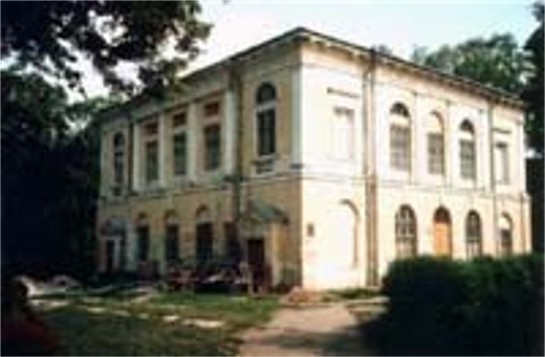Berezhany
Berezhany [Бережани; Berežany]. Map: IV-5. City (2011 pop 18,116) in Podilia on the Zolota Lypa River, a raion center in Ternopil oblast. The first written mention of Berezhany occurs in 1375; in 1530 it was granted Magdeburg law by the Polish king Sigismund I the Old. For 200 years it belonged to a noble Polish family, the Sieniawski family, and later to the Lubomirski and Potocki families. In 1574 M. Sieniawski built a fortified castle there, which withstood the Turkish siege of 1675–6. As a result of its location on the trade route from west to east Berezhany developed commercially during the 17th and 18th centuries. (The town's Armenian colony was engaged in vigorous trading.) Under Austrian (from 1772) and Polish (from 1919) rule it was a county town and seat of the regional court. In 1789 a gymnasium was established, where the language of instruction was at first German and later Polish; in 1905 teaching in Ukrainian was introduced. Among the teachers were K. Luchakovsky, Oleksander Barvinsky, Bohdan Lepky, Stepan Tomashivsky, Ivan Zilynsky, Antin Krushelnytsky, and Marian Krushelnytsky, who were instrumental in the development of Ukrainian cultural life. The city's economic activity involved trade and manufacturing. Before the Second World War Ukrainians constituted 22.3 percent of the 12,700 inhabitants (86 percent in 1959); Poles, 42.2 percent; and Jews, 35.5 percent. The city has a minor food industry, a glassworks, a furniture factory, three brick factories, and a mechanized-agriculture tekhnikum. Architectural landmarks include a three-story castle (rebuilt at the end of the 16th and the beginning of the 17th century), with a large pentagon-shaped courtyard enclosed by walls and towers; the wooden Church of Saint Nicholas (1691); two Roman Catholic churches (SS Peter and Paul Church built in the Gothic style at the end of the 16th century and a baroque Holy Trinity Church built between 1630 and 1683); an Armenian church dating from 1750; and a park with a Potocki palace dating from the 17th century, located in the neighboring village of Rai. Not far from Berezhany is the hill Lysonia, the site of battles between the Ukrainian Sich Riflemen and the Russian army on 2–4 September 1916.
.jpg)
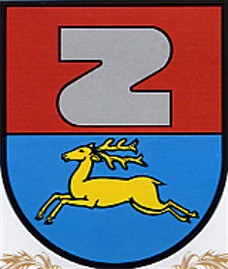
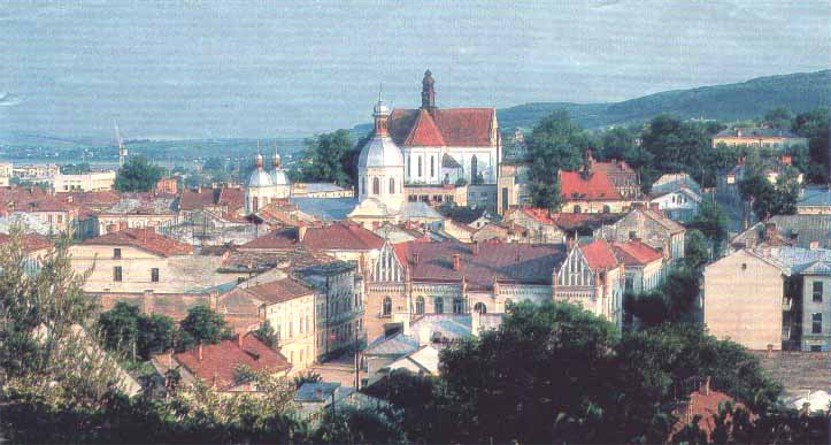
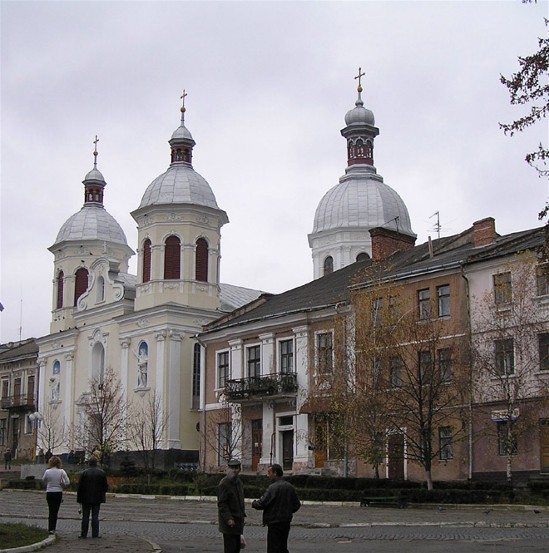
.jpg)
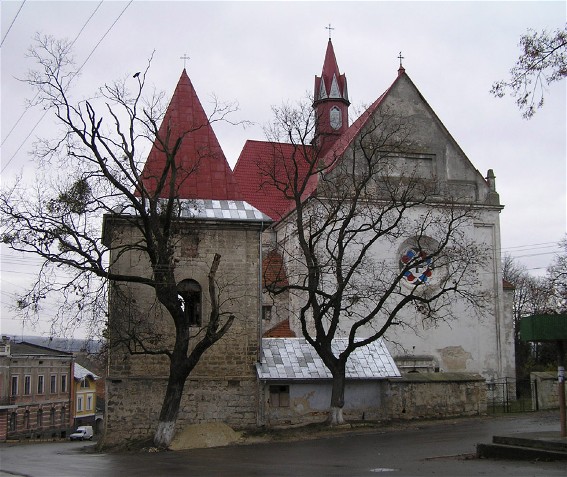
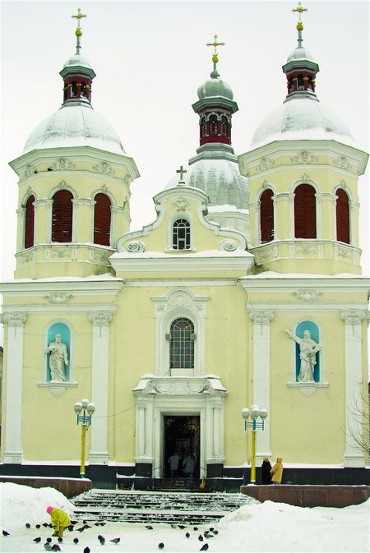
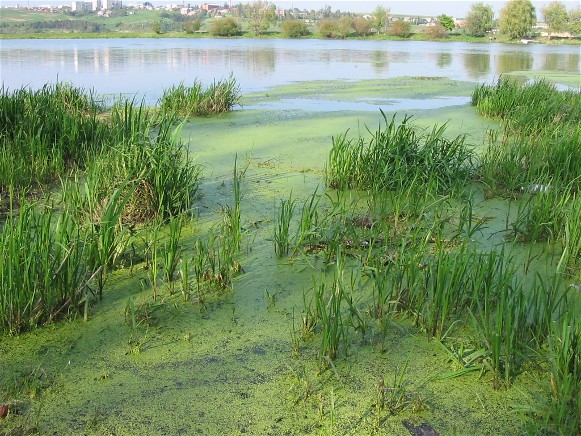
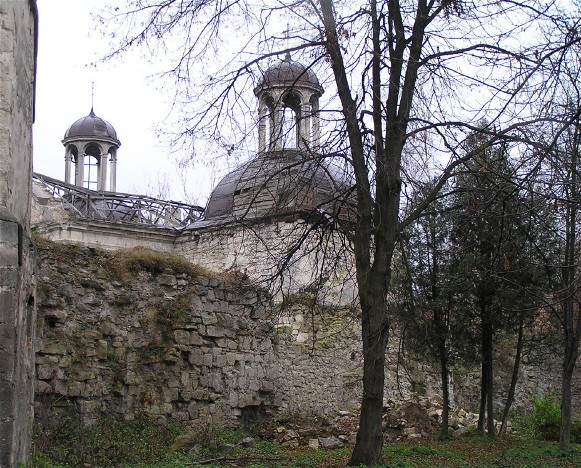
.jpg)
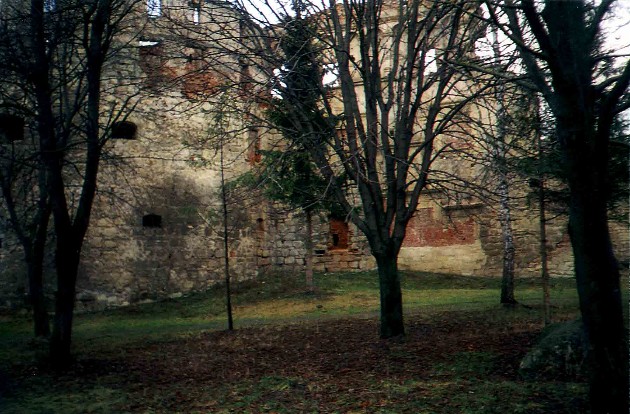
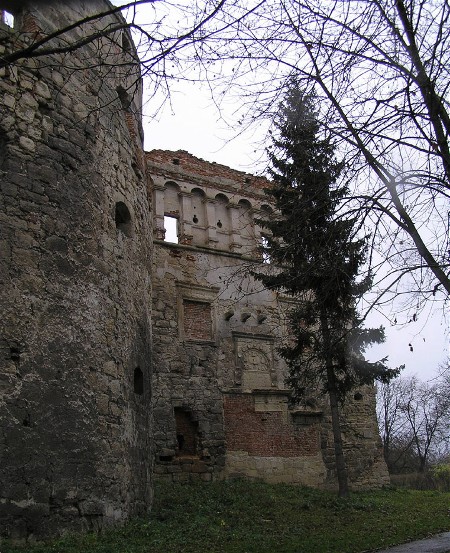
.jpg)
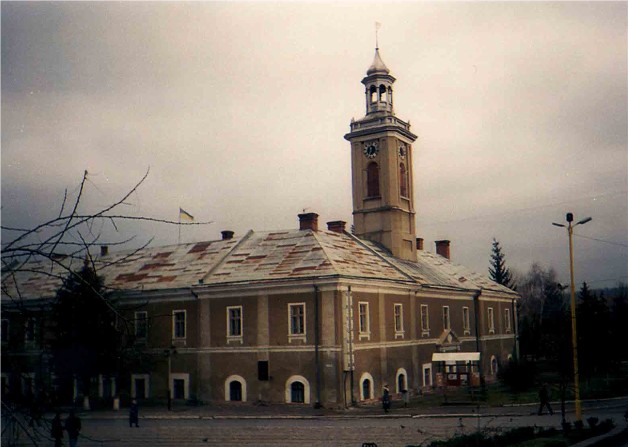
.jpg)
.jpg)
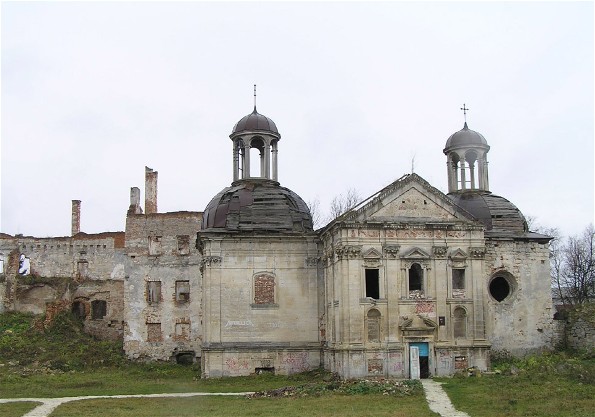
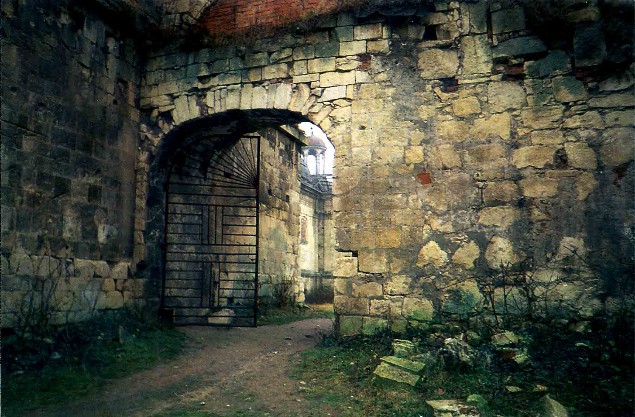
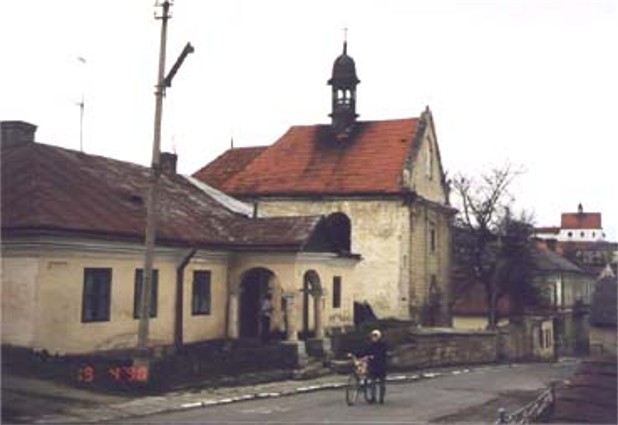
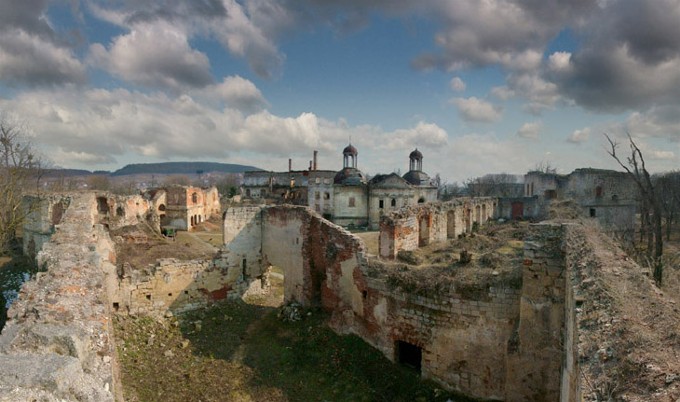
.jpg)
